Description
Description: Chinese coconut shell snuff bottle of flattened round form, with no functional foot; made of two convex segments integrating the neck/mouth, held together with three coconut pins around the edges. Incised on one side with an inscription in official script, which is an excerpt from the famous stone inscription of Eastern Han Dynasty called 西狹頌 (Ode to the West) located on a cliff on the plank road of Tianjing Mountain in Chengxian County, Gansu Province (see Notes here below). The other side incised with a poem in running script which reads:
太湖三万六千顷,
浩荡烟波深复深,
只有白鸥堪作伴,
水天 来往各无心
It could be translated as:
“Tai Hu lake covers thirty-six thousand hectares
The water is huge and the mist is deep
Only the white gulls as companions
We look at water and sky coming and go endlessly”
With the signature 休竹 (Xiu Zhu), date 辛未 (Xin Wei 1811 – 1871), followed by a seal which reads 元印, which is not very informative (印 means “seal” and 元 is “yuan” but can mean many things: “a person”, “the head of something”, “original”, “essential”, “a surname”, etc. As in other cases, the seal might have been used not to identify a person, but simply for graphic purposes and to convey a generally auspicious meaning. Whoever Xiu Zhu was, he was clearly well trained in carving and in calligraphy, as were many Literati. It is no doubt a bottle for, or made by, a Literati (see the Notes here below). Besides the cultural reference to the ancient inscription, the presence of mountain and water elements recalled on the two faces of the bottle represents Shanshui, a traditional motif in Chinese Art.
Foot/base: No base
Mark:
Dating: 1811. Note: almost all the inscribed coconut shell bottles that are sold at the major auction houses are dated 1815 / 1875. Because of the inscriptions, the significant surface wear, the signs of use, and overall shape, we are confident that the earlier date is the more probable one.
Material: Coconut shell
Size: 55 mm high
Stopper: Dragon shaped coral stopper and stem in a single piece. The spoon was missed and replaced by a bamboo one.
Provenance: Mario Dalmazzo collection.
References: See in the last pictures two inscribed coconut shell snuff bottles sold by Bonhams. The second one is signed by a known Scholar.
Notes: About Mario Dalmazzo collection, see the Notes of the ceramic bottle C8.
There are evidences that coconut shell snuff bottles were prized by the Literati class. It is believed that one reason why so many of them are so simply made from two segments joined by pins and glue may have been precisely because the scholar class made the bottles themselves. That of being self-made must be especially true in the case of this bottle, because the poem in running script on one face is a not known one, thus most probably a work of the Scholar who made it for his own use. One side of this bottle represents a standard for many of these literati coconut-shell bottles, a copy of an ancient inscription. The main reason for Scholar’s interest in inscriptions on ancient bronzes and stones was because they revealed the origins and evolution of the language. Many nineteenth century scholars collected the bronzes not so much for their own merits as for their inscriptions, and many scholars collected not the bronzes, but rubbings of their inscriptions. This was especially true for inscriptions on stones, where the original was usually unmanageable, leaving rubbings as the only practical method of ‘collecting’ such inscriptions.
The main inscription on this bottle is an excerpt from the famous cliff stone inscription of the Eastern Han Dynasty “Ode to the West by Wudu Prefect Li Xi”, or simply “Ode to the West”, which was carved on the stone on June 13 of the fourth year of Jianning (A.D. 171) during the reign of Emperor Ling. It is located on the cliff in the middle section of Fengquan Gorge (also known as Yuqiao Gorge) in Dongying Village, Paosha Town, 10 kilometers west of Chengxian County, Gansu Province. The inscription on the cliff is commemorating Li’s good govern, talents, virtues, and righteousness, spreading moral policies, and being deeply loved by the people. It also mentions the construction of the West Road, which because being in a narrow gorge was dangerous and full of obstacles, while now has become “strong and broad, can be waded at night, there are no obstacles in all directions, and travelers are happy. There are pavilions adjacent to the cliff, two mountains are standing as walls, with lofty clouds and water streams”. The inscription is in official script and together with “Ode to the Stone Gate” from Hanzhong in Shaanxi Province, and “Ode to the Yige” from Lueyang are called the “Three Odes of Han Dynasty” in calligraphy. In 1962, “Ode to the West” was listed as a key cultural relic protection unit in Gansu Province; in June 2001, it was listed as a national key cultural relic protection unit by the State Council. It has been said that “Its Chinese style and elegance will continue to be a physical teaching material for literati to observe, comprehend, taste and collect”. The whole inscription consists of four parts, being the first the main text, which is 148 centimeters vertically and horizontally, in a square shape, with 20 lines and 20 characters in the whole line, a total of 385 characters. Here is the whole inscription; the underlined part is that corresponding to what is incised on the bottle, with a difference of four characters:
汉武都太守汉阳阿阳李君讳翕,字伯都。天姿明敏,敦诗悦《礼》,膺禄美厚,继世郎吏,幼而宿卫;弱冠典城,有阿郑之化。是以三剖符守,致黄龙、嘉禾、木连、甘露之瑞。 动顺经古,先之以博爱,陈之以德义,示之以好恶;不肃而成,不严而治,朝中惟静,威仪抑抑,督邮部职,不出府门,政约令行,强不暴寡,知不诈愚,属县趋教,无对会之事;徼外来庭,面缚二千馀人;年谷屡登,仓庾惟亿,百姓有蓄,粟、麦五钱。 郡西狭中道,危难阻峻,缘崖俾阁,两山壁立,隆崇造云,下有不测之溪,阨芒促迫,财容车骑。进不能济,息不得驻,数有顛覆霣隧之害,过者创楚,惴惴其栗。 君践其险,若涉渊冰。叹曰:“《诗》所谓‘如集于木,如临于谷’。斯其殆哉!困其事则为设备,今不图之,为患无已。”敕衡官有秩李瑾,掾仇审,因常繇道徒,鐉烧破析,刻臽磪嵬,减高就埤,平夷正曲,柙致土石,坚固广大,可以夜涉。四方无雍,行人懽悀,民歌德惠,穆如清风,乃刊斯石。 曰:赫赫明后,柔嘉惟则,克长克君,牧守三国;三国清平,咏歌懿德。瑞降丰稔,民以货稙。威恩并隆,远人宾服。鐉山浚渎,路以安直。继禹之迹,亦世赖福。 建宁四年六月十三日壬寅造,时府丞右扶风陈仓吕国字文宝。门下掾下辨李虔字子行。故从事议曹掾下辨李旻字仲齐。故从事主簿下辨李遂字子华。故从事主簿上禄石祥字元祺。五官掾上禄张亢字惠叔。故从事功曹下辨姜纳字元嗣。故从事尉曹史武都王尼字孔光。衡官有秩下辨李瑾字玮甫。從史位下辨仇靖字汉德书文。下辨道长广汉汁邡任诗字幼起。下辨丞安定朝那皇甫彦字子才。
The part of our interest can be translated as:
The crops are harvested many times every year, the warehouses are 100 million, and the people have savings, five cents for millet and wheat. The narrow middle road in the West of the county is dangerous and steep, with cliffs and pavilions on the edge. Two mountainous walls stand on the sides, and there are high clouds.
In order, the pictures above are: our bottle, two “rubbing style” pictures of the two inscriptions on it, a b&w photo of a part of the real stone inscription with evidenced a part of the phrase copied on our bottle, the rubbing of the whole “Ode to the West inscription, with evidenced the whole copied phrase, the photo of one of the pavilions along the road in the gorge, and two bottles sold by Bonhams.

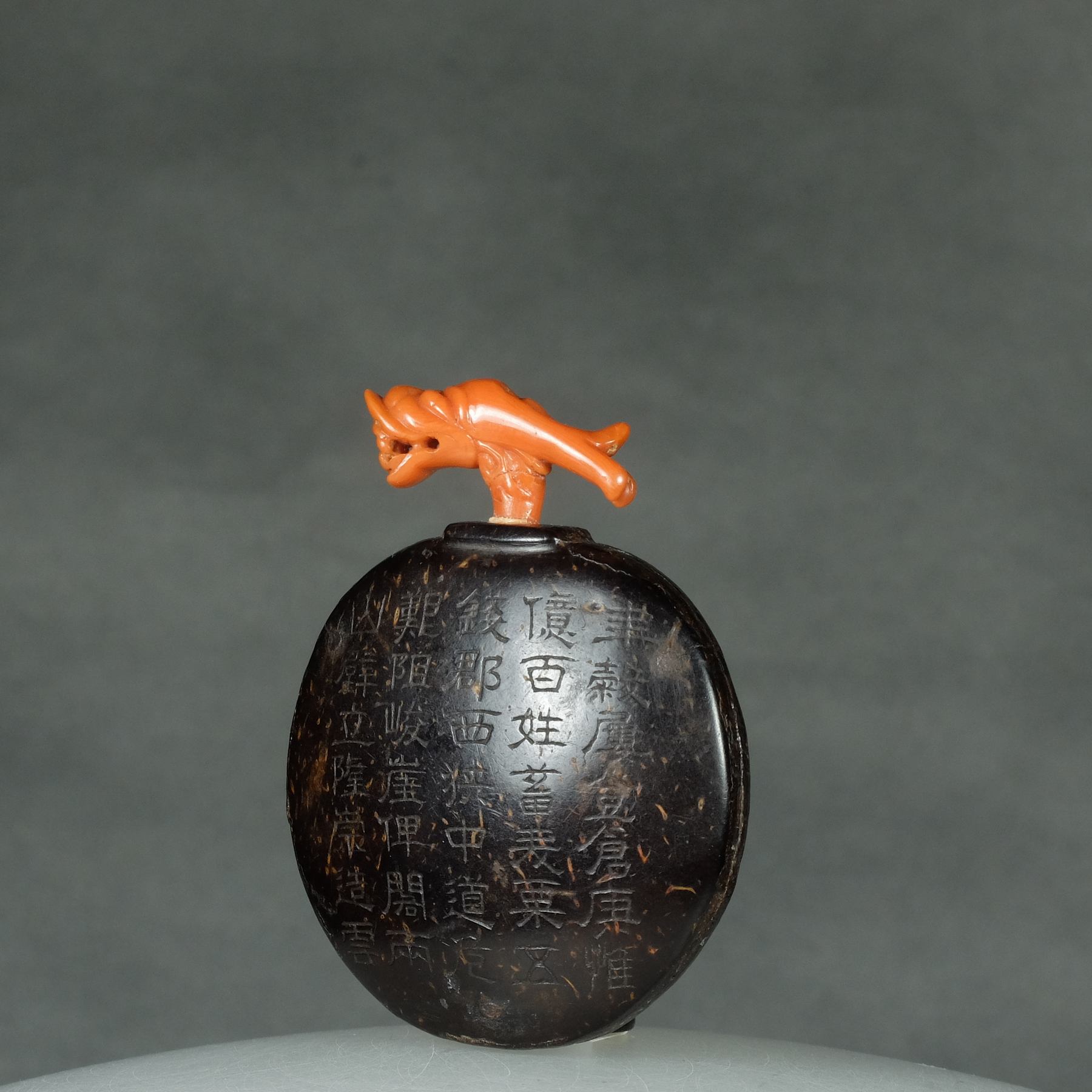
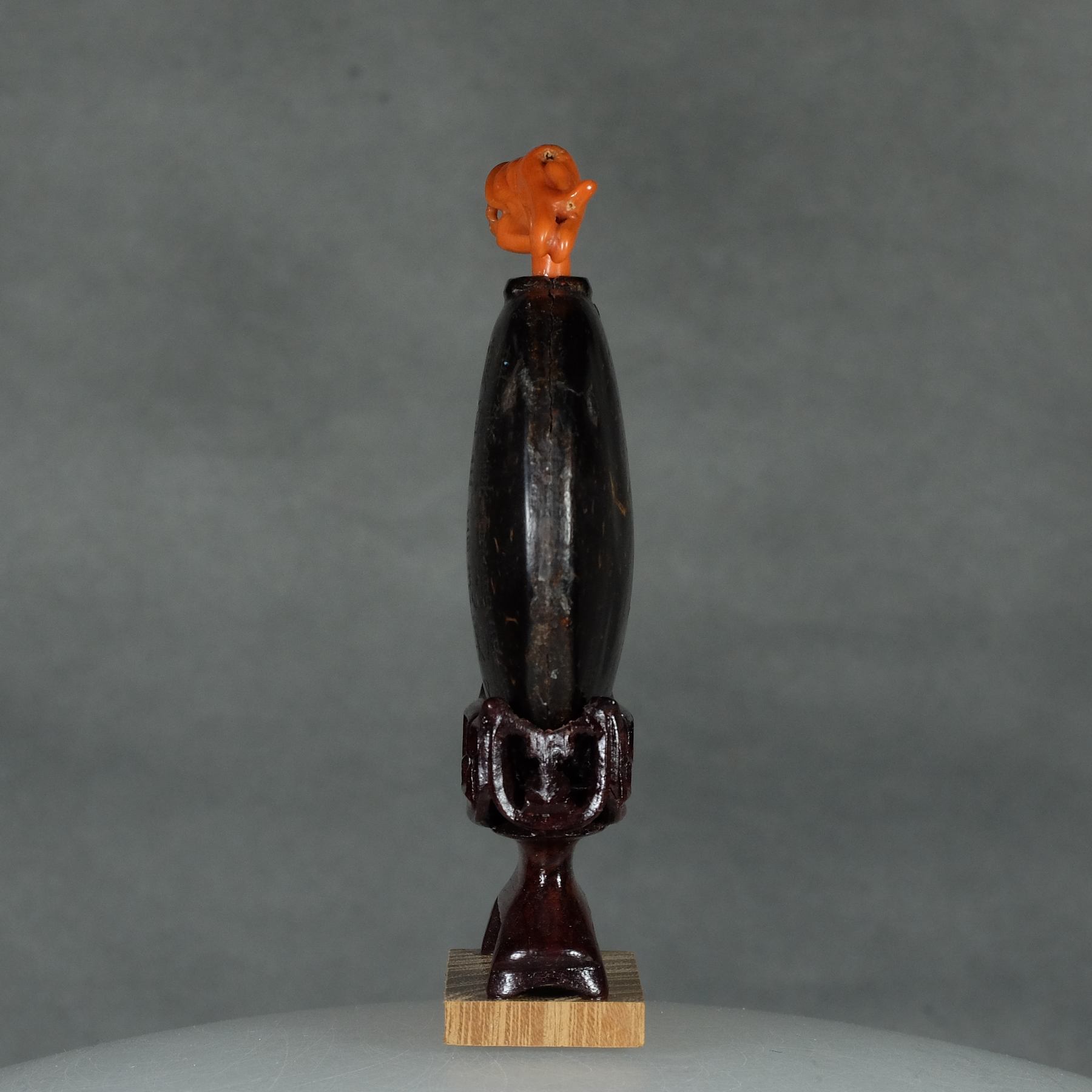
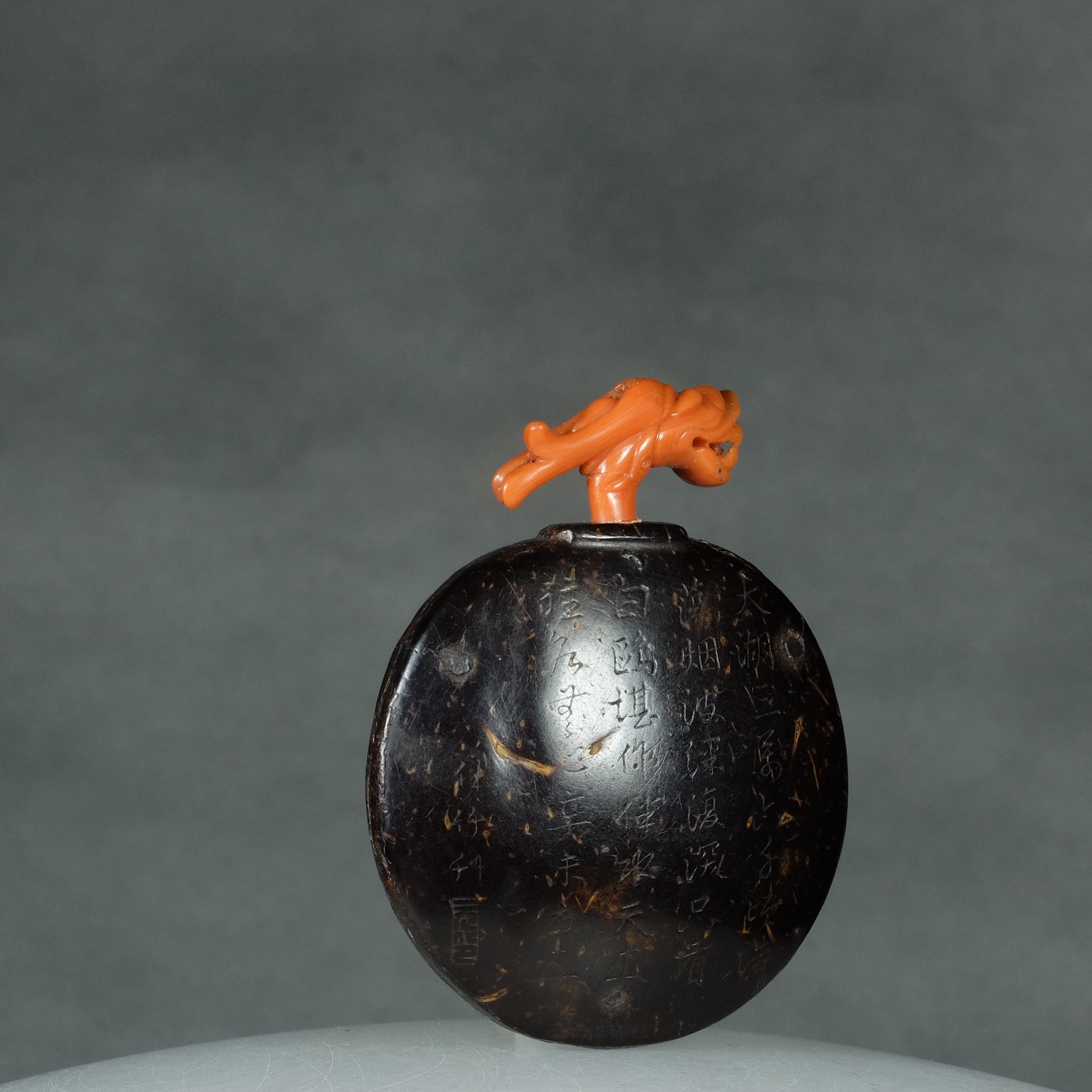
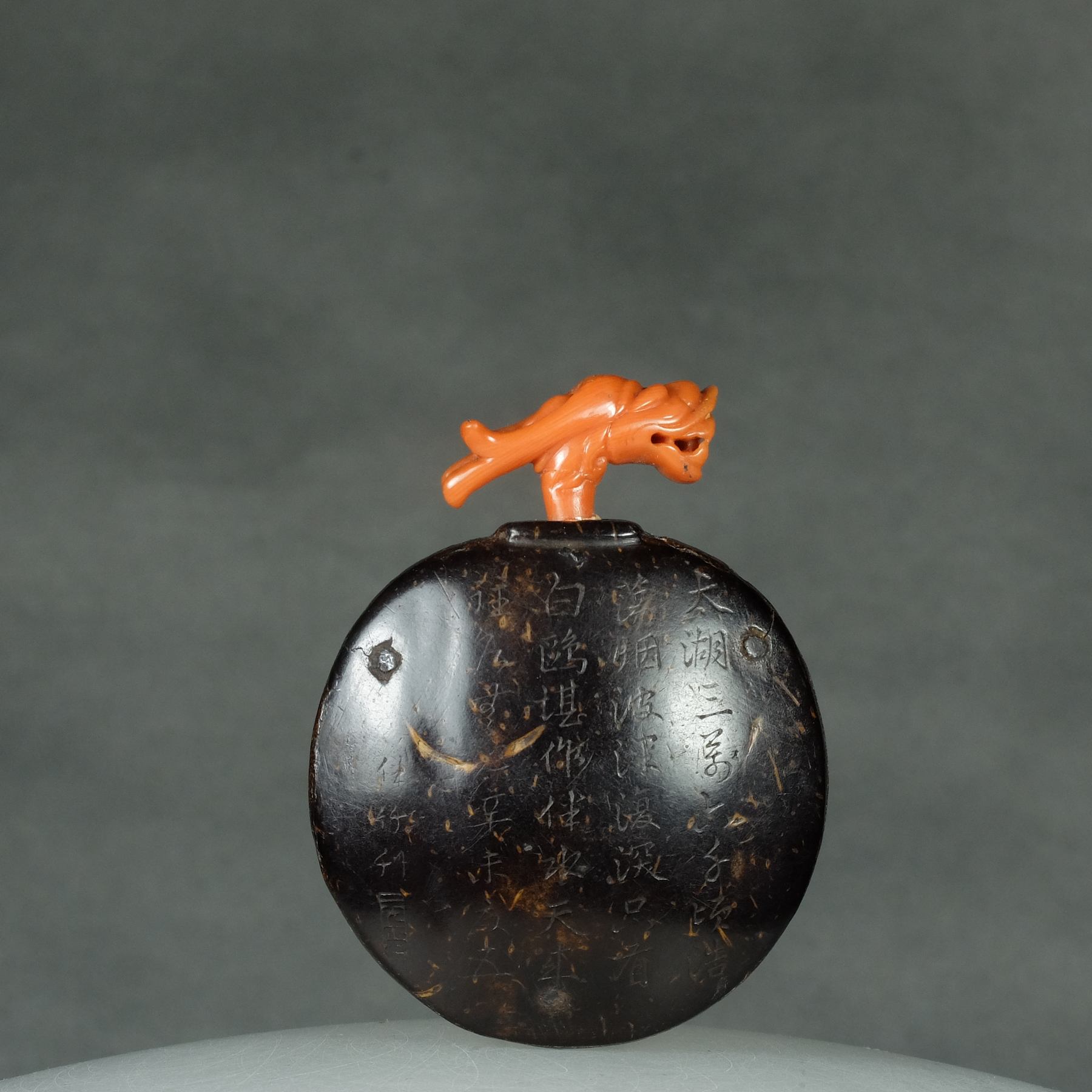
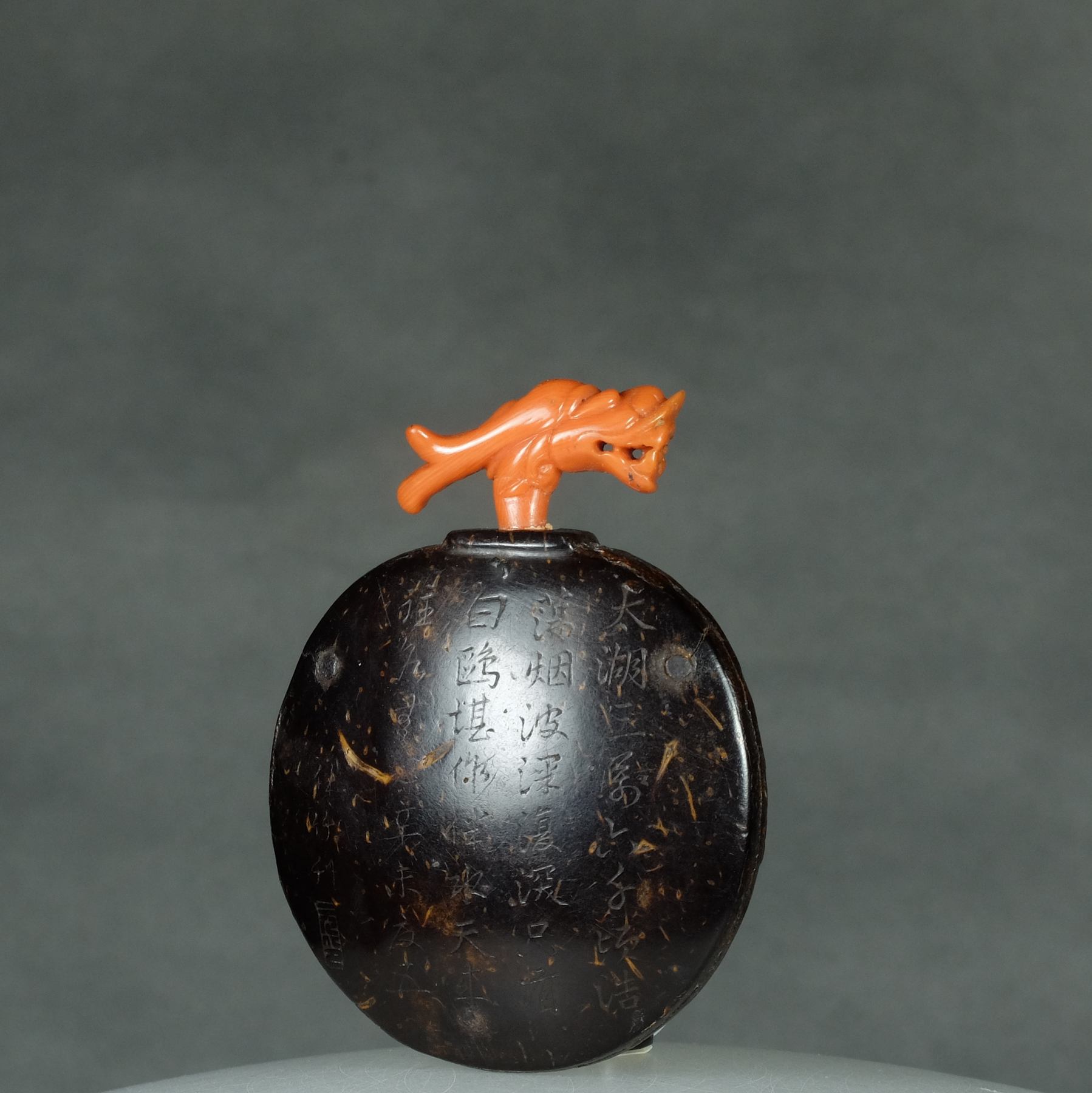
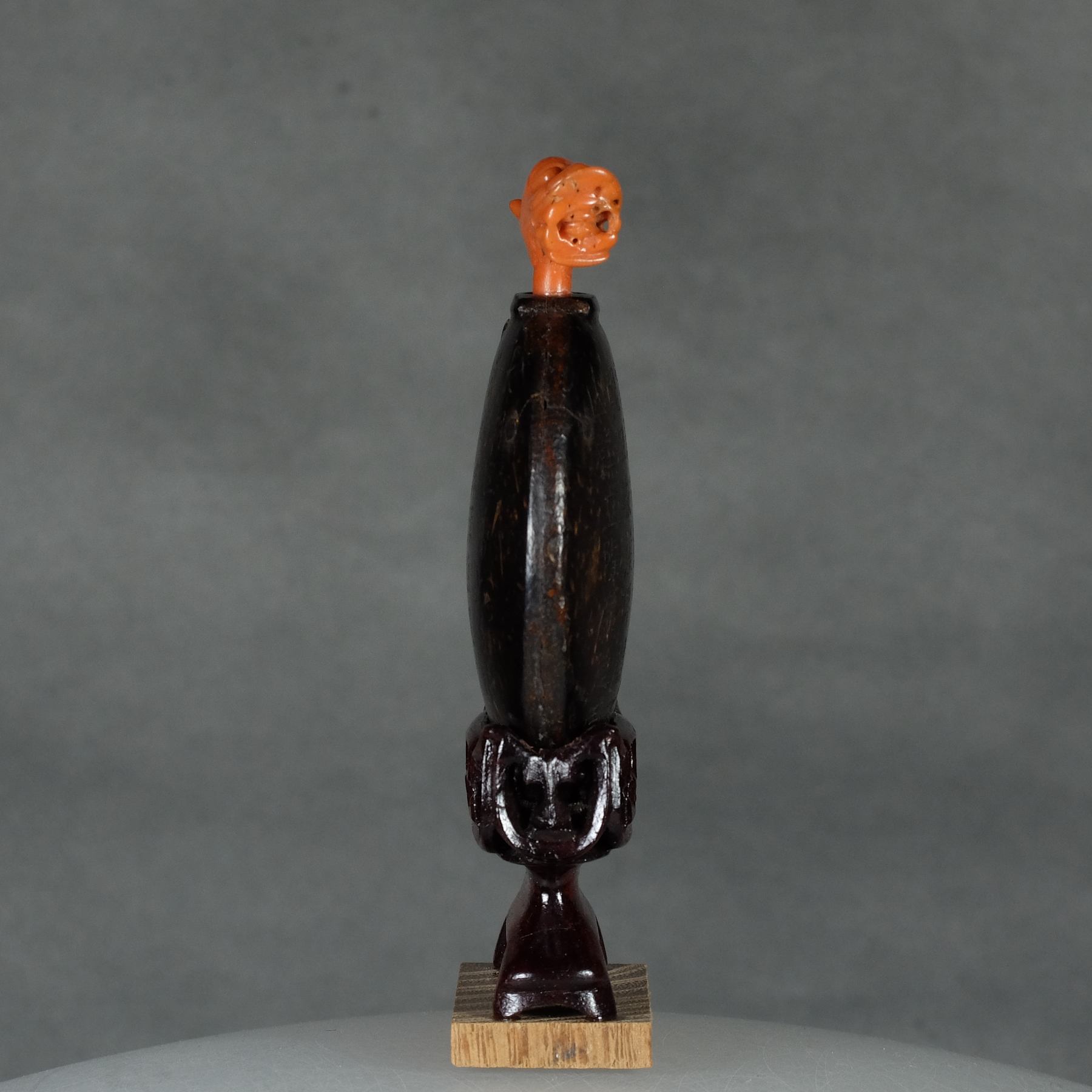
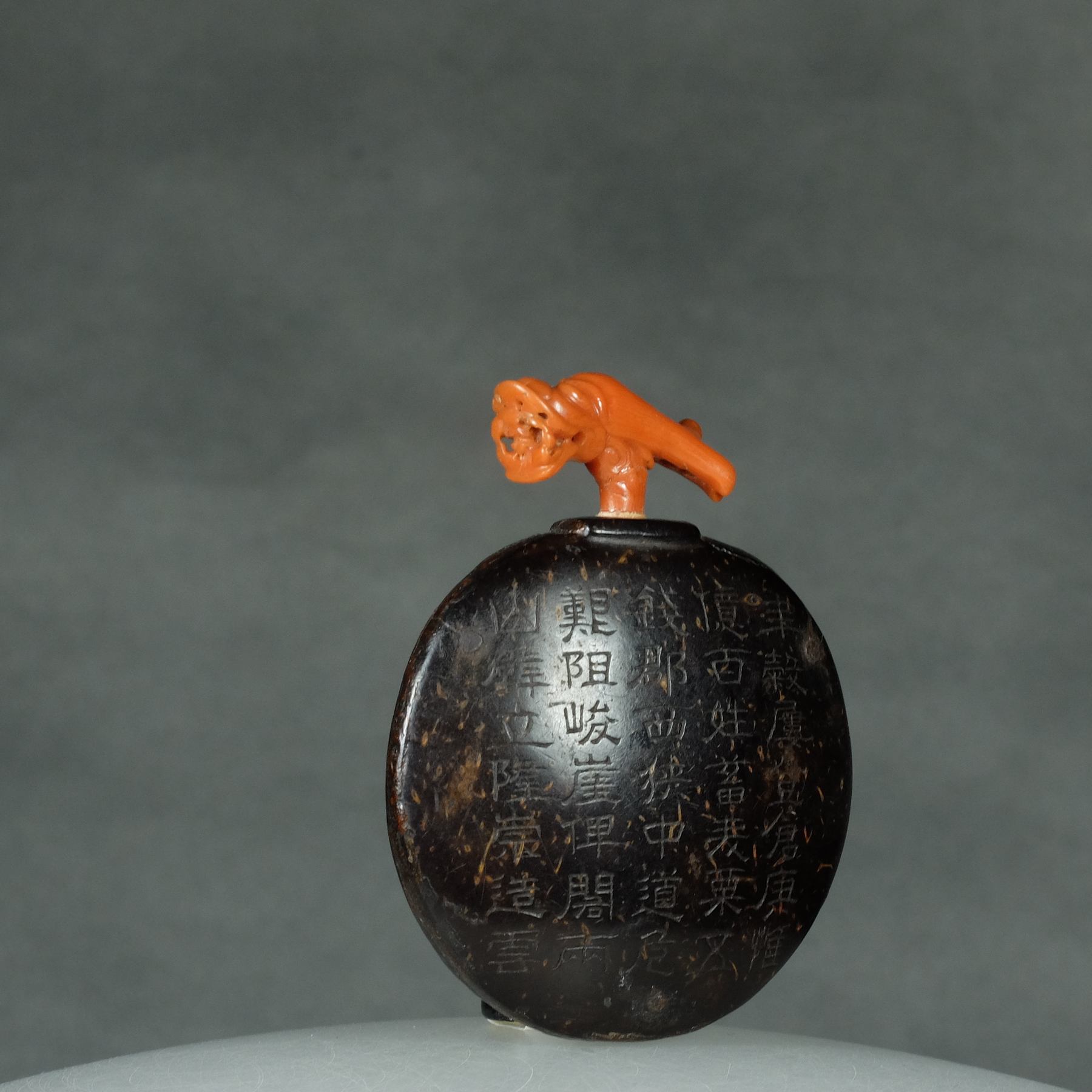
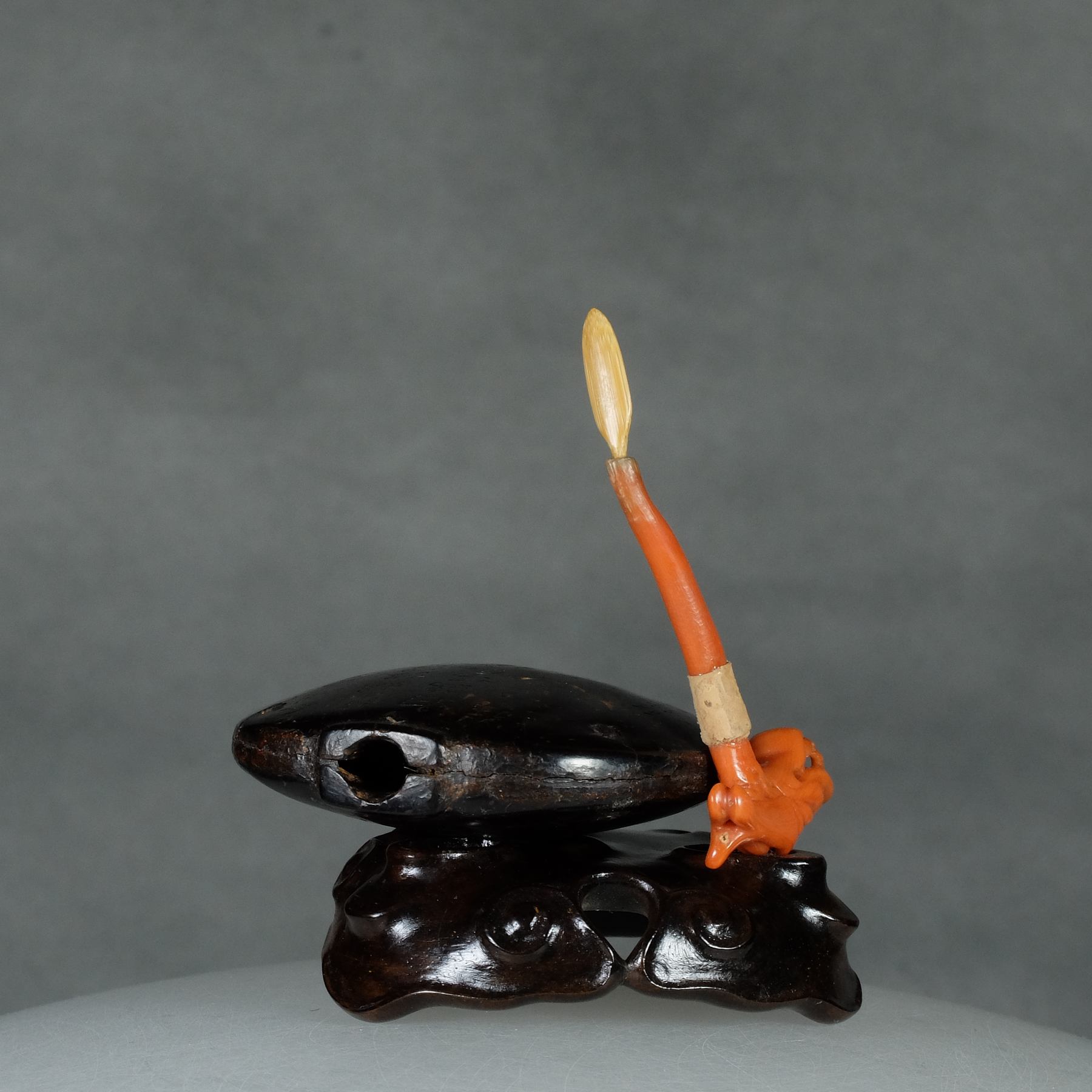
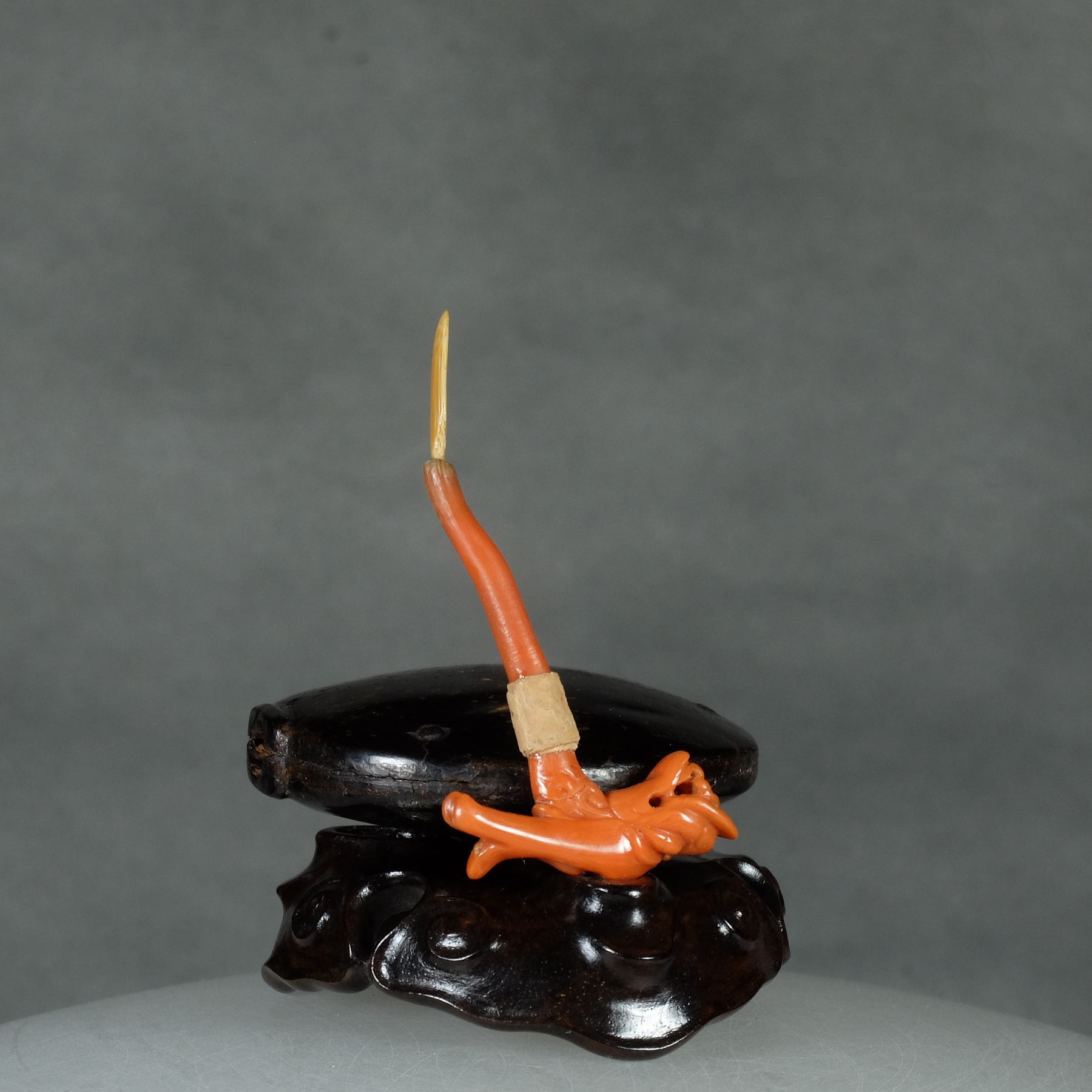
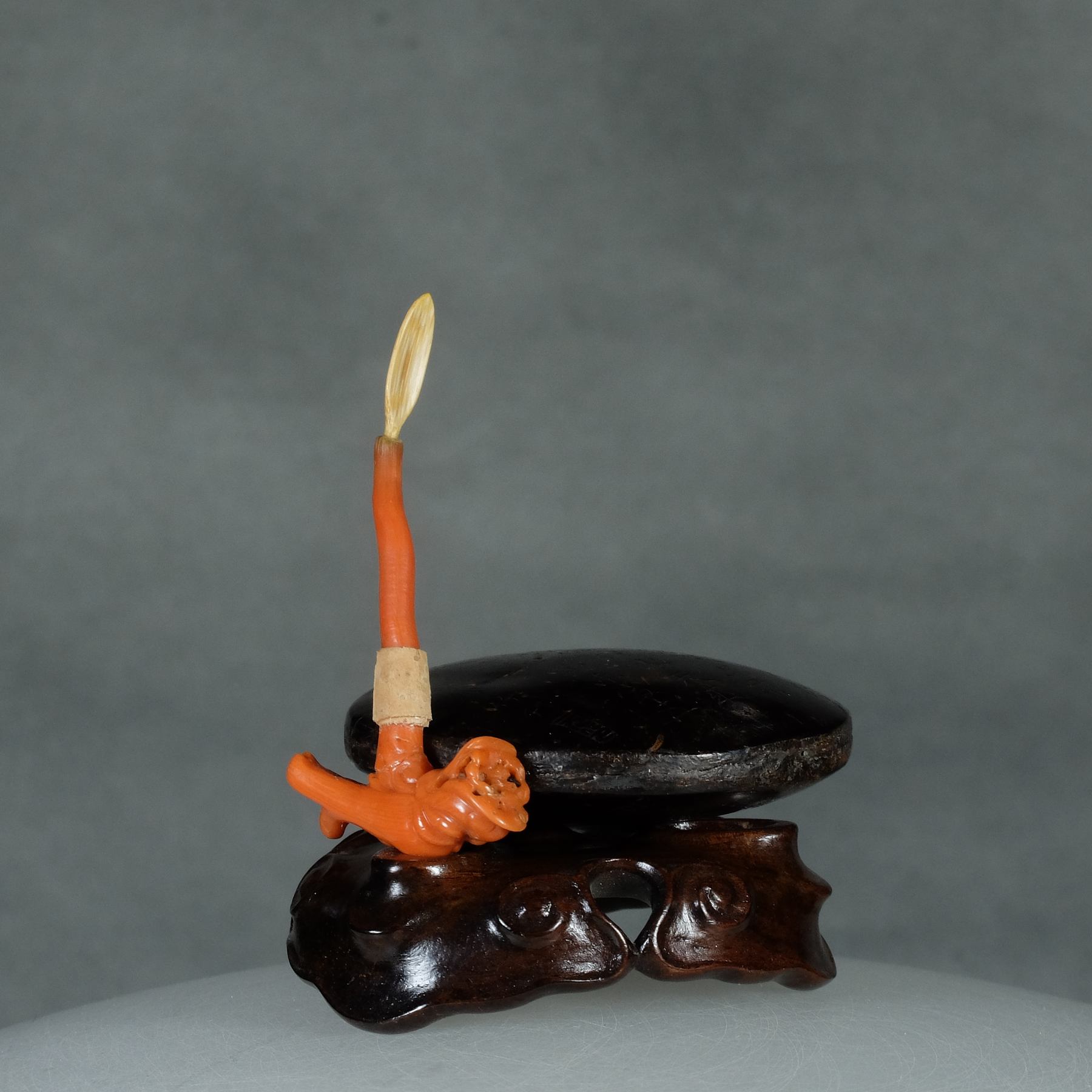
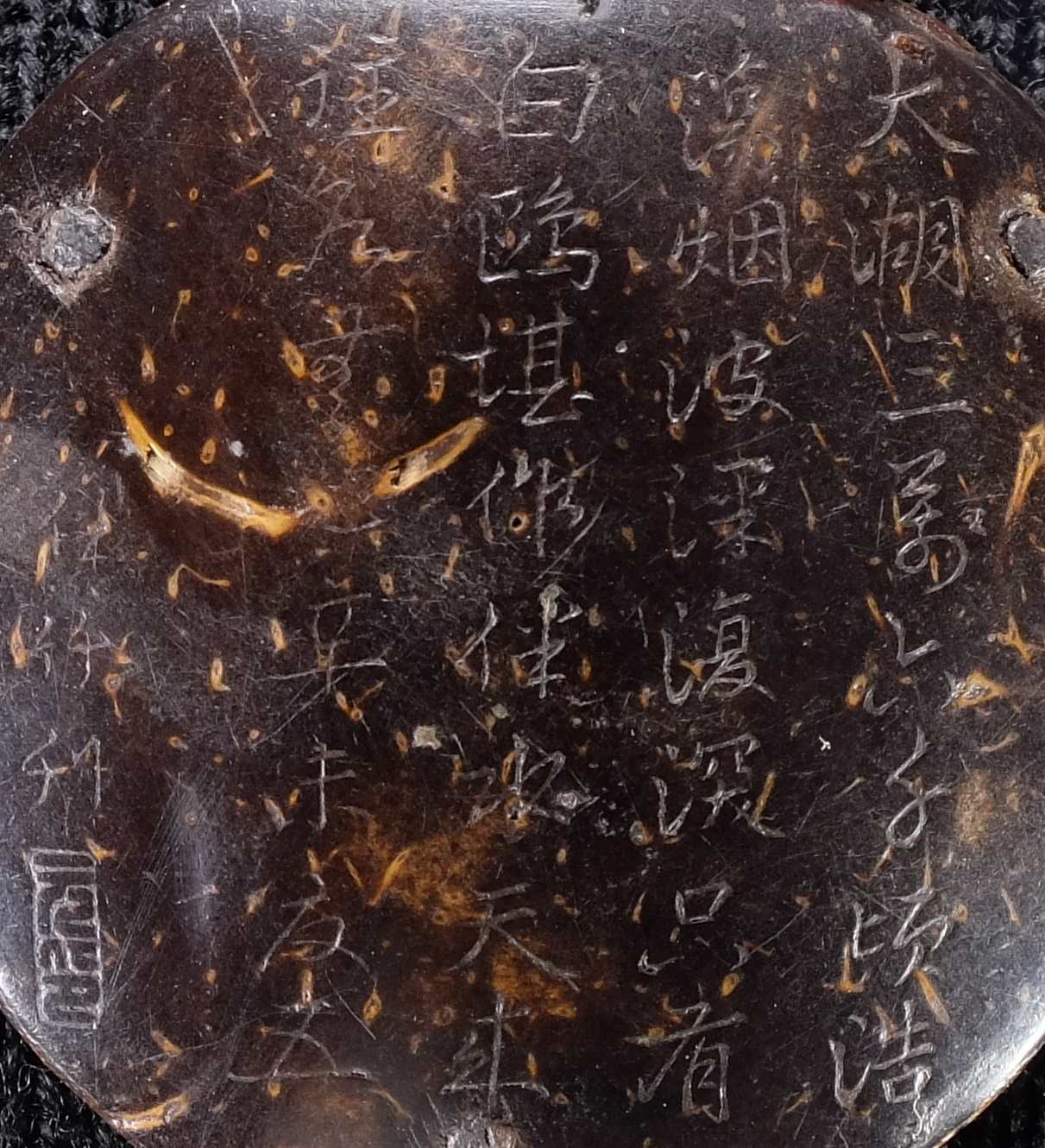

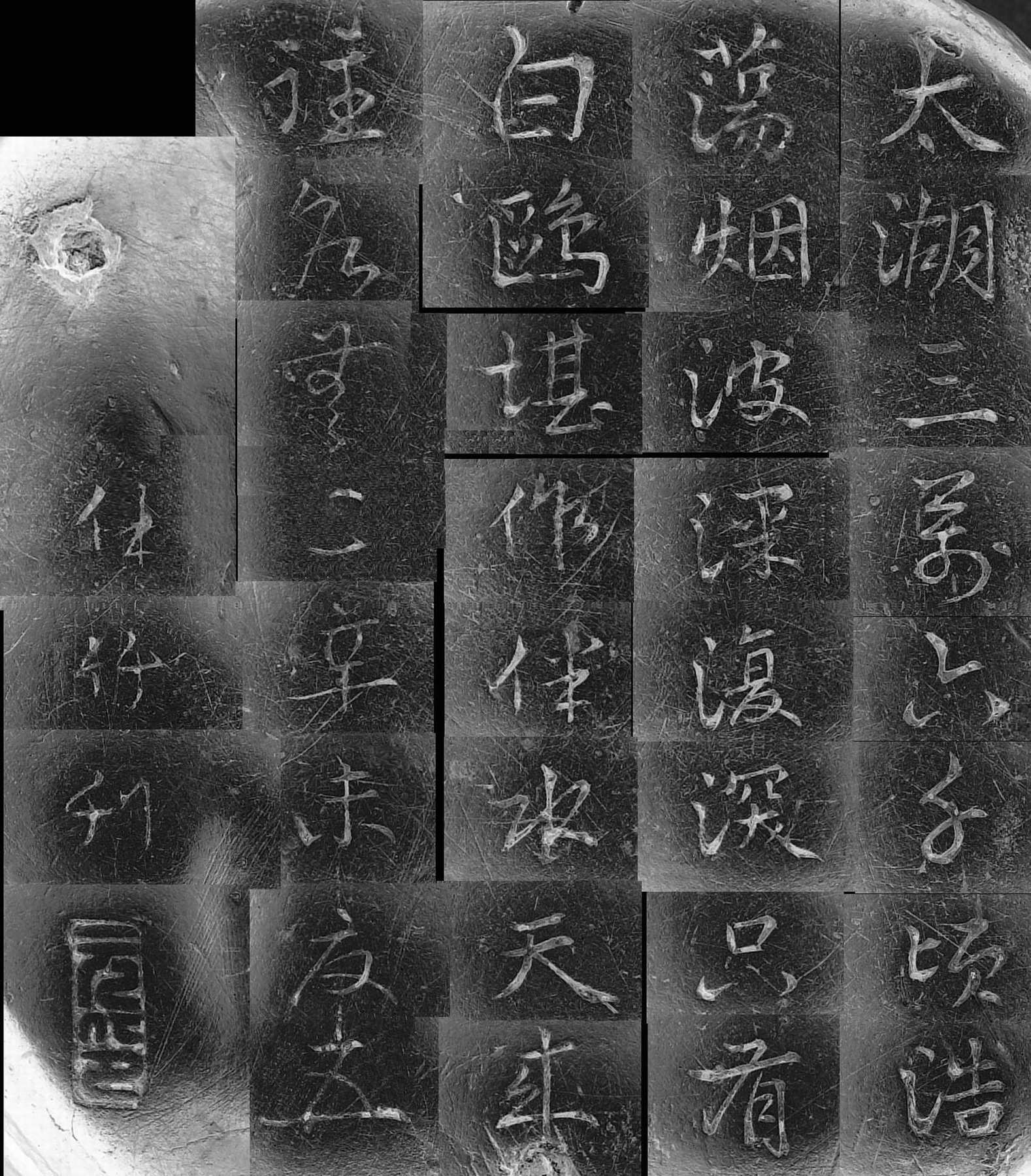
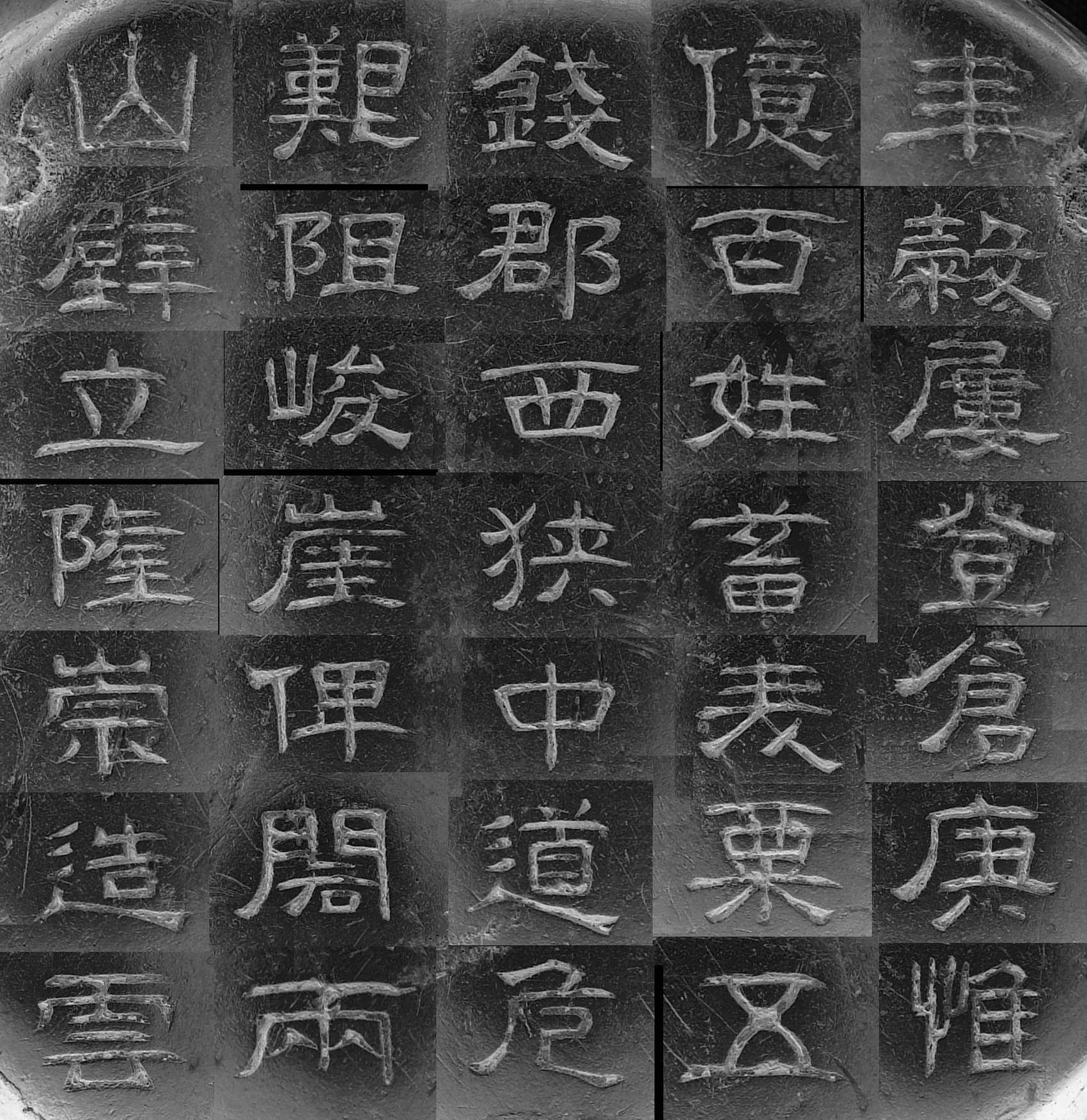

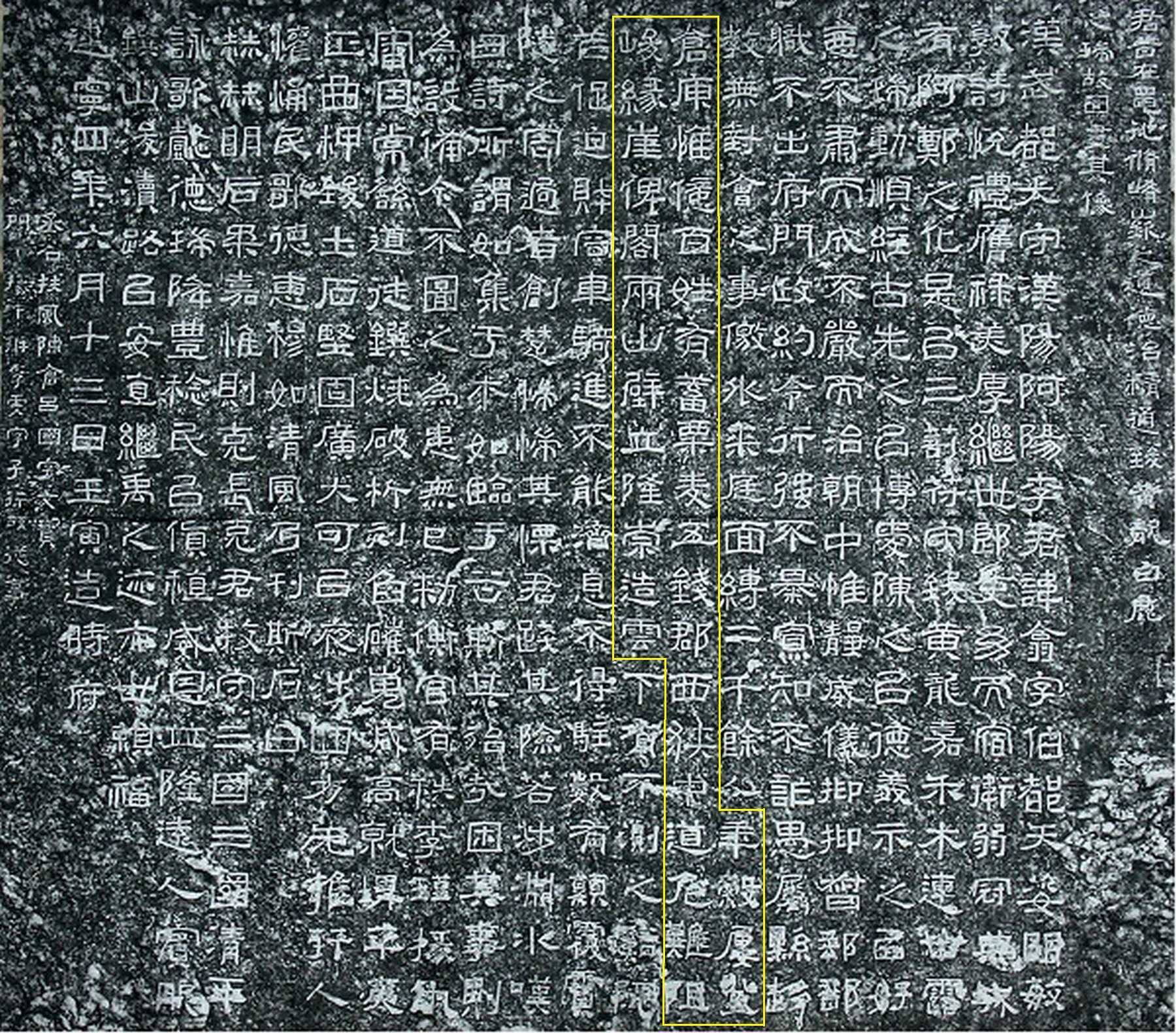

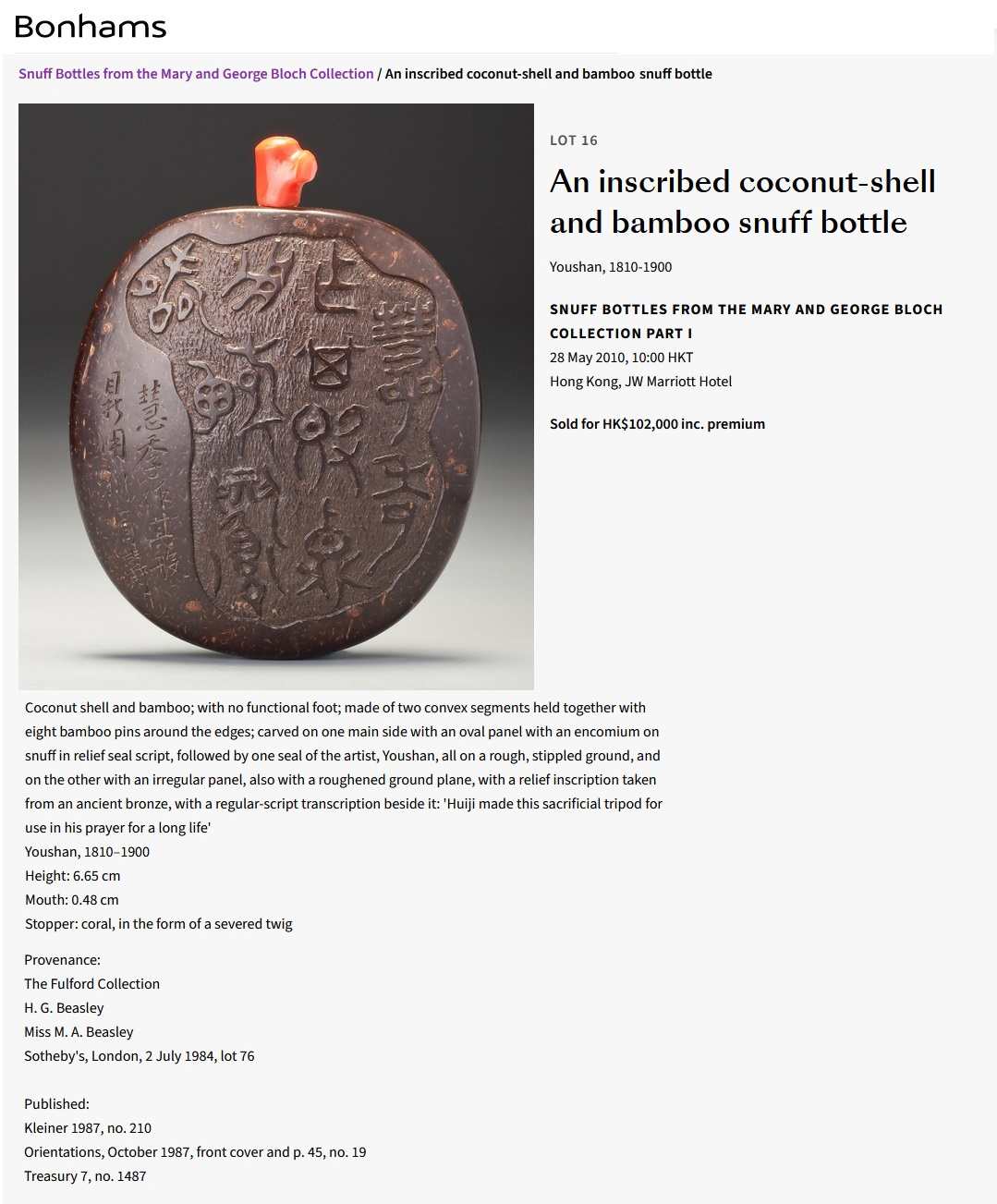
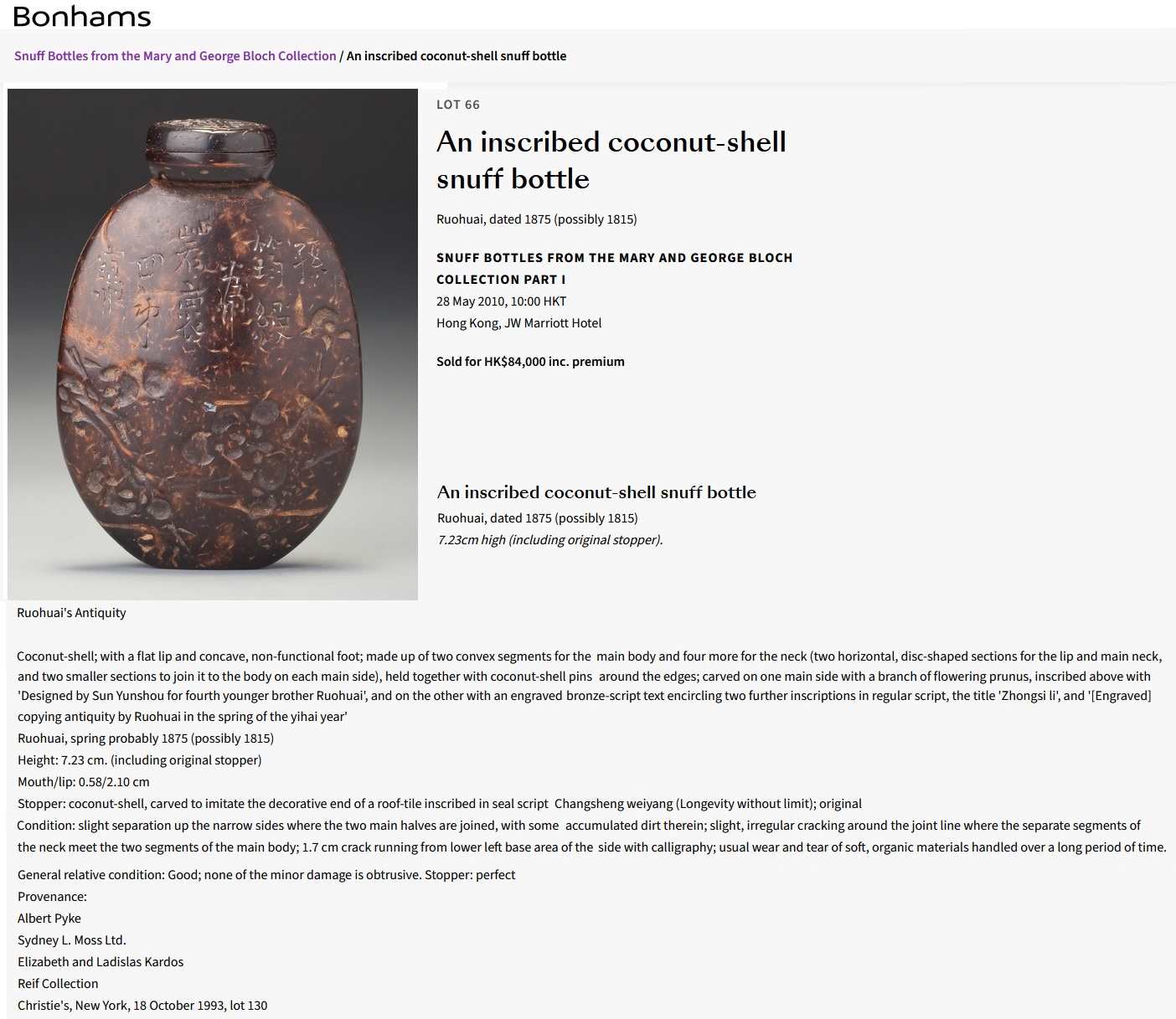


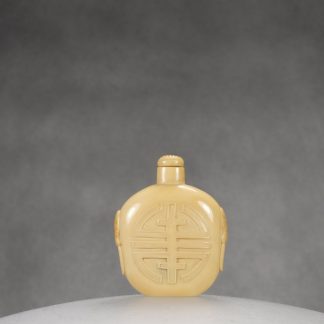
Reviews
There are no reviews yet.